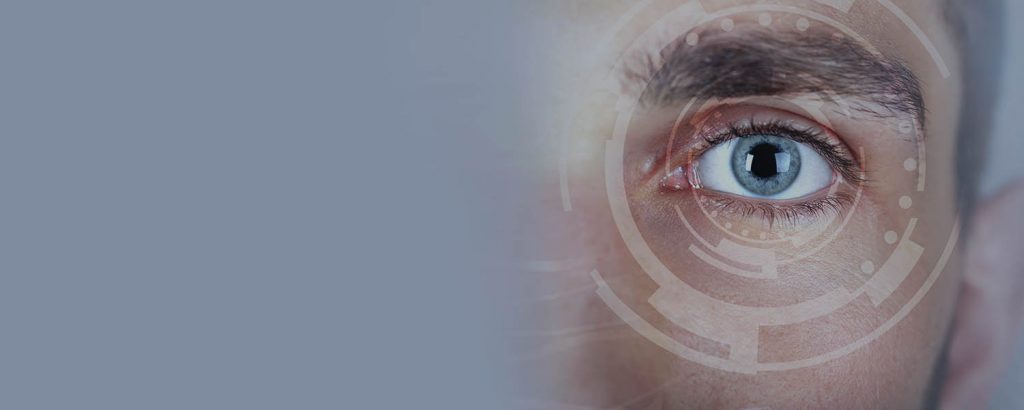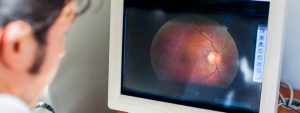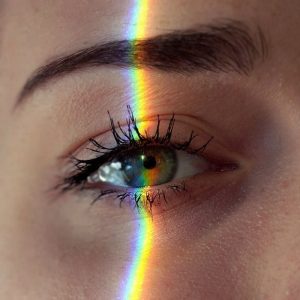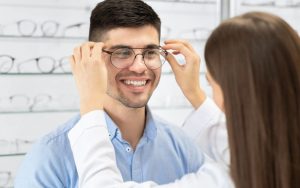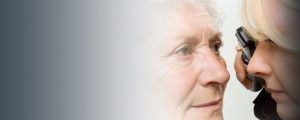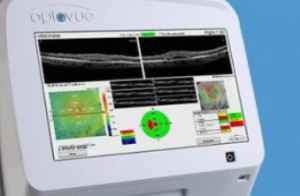Pupil dilation creates a clear view to the back of your eye.
Having your eyes dilated during an eye exam can reveal essential information about your general health and facilitate early detection of eye disease.
The pupil is the black circle in the center of your eye. It is surrounded by the colored iris, the muscular membrane responsible for controlling the amount of light that enters the eye.
During an eye exam, your eye doctor may insert dilating eye drops into your eyes to widen your pupils. This gives your doctor a better view of all your inner ocular structures and enables an easier examination of the retina and optic nerve located in the back of your eye.
Here are some of the most frequently asked questions about pupil dilation so you can know what to expect at your next eye exam.
Q1: Why is pupil dilation important?
Pupil dilation facilitates a clear view of the internal parts of your eye, enabling a thorough examination of the lens, retina and optic nerve.
In this way, your eye doctor can easily identify early signs of cataracts, glaucoma and macular degeneration, as well as other eye conditions and diseases.
Q2: Do the dilating eye drops hurt?
Upon insertion of the dilating eye drops, you may experience mild burning or stinging. Sit back and try to relax, this sensation will pass in a couple of minutes as your eyes begin to dilate.
An allergic reaction to dilating eye drops is rare, but inform your eye doctor if you experience any of the following symptoms:
- Dry mouth
- Flushed face
- Rapid pulse
- Fever
SEE RELATED: The Importance of Pupil Exams
Schedule an appointment with an eye doctor near you for an annual eye exam or if you notice any changes in your vision.
Q3: How will pupil dilation affect my vision?
Pupil dilation has a distinct effect on each individual — eyes that are lighter in color, such as green, blue or hazel, usually dilate faster than darker eyes.
After 15-30 minutes, you may notice the following symptoms that indicate complete dilation of the pupils:
- Blurred near vision
- Difficulty focusing on near objects
- Sensitivity to bright light and sunlight
The effects of pupil dilation generally last for a couple of hours. During this time, you may experience headaches, fatigue and mild ocular discomfort.
Most eye doctors recommend bringing a pair of sunglasses to your appointment, as well as someone who can drive you home.
After the pupil dilation, the effects on your vision usually last for 4-6 hours, so it is usually recommended not to return to office afterwards, read or use a digital screen,
Some people complain of headaches or general fatigue for a few hours after the pupil dilation.
Q4: Which conditions can be diagnosed with pupil dilation?
A dilated eye exam can facilitate early detection of many different eye conditions — even before symptoms appear.
Some of these conditions include:
Early detection of these conditions is essential to preserving your vision, as vision loss often occurs before symptoms are noticed.
A dilated eye exam can also identify possible signs of high blood pressure and other vascular conditions.
Q5: Is pupil dilation always necessary?
Not always.
Thanks to advanced medical technology, digital retinal imaging and OCT devices are now widely used in place of pupil dilation.
These imaging techniques provide the vital information your eye doctor needs to ensure your eyes are healthy.
Pupil dilation is generally not necessary to obtain an accurate optical prescription. In fact, it may even affect your vision and prevent an accurate reading of your eyes.
LEARN MORE: Guide to Eye Exams
Schedule an appointment with an eye doctor near you for an annual eye exam or if you notice any changes in your vision.
With a dilated eye exam, your optometrist can identify early signs of an eye condition or disease.
A dilated pupil allows your eye doctor to easily view and examine all the internal parts of your eye, including the retina, optic nerve and lens.
